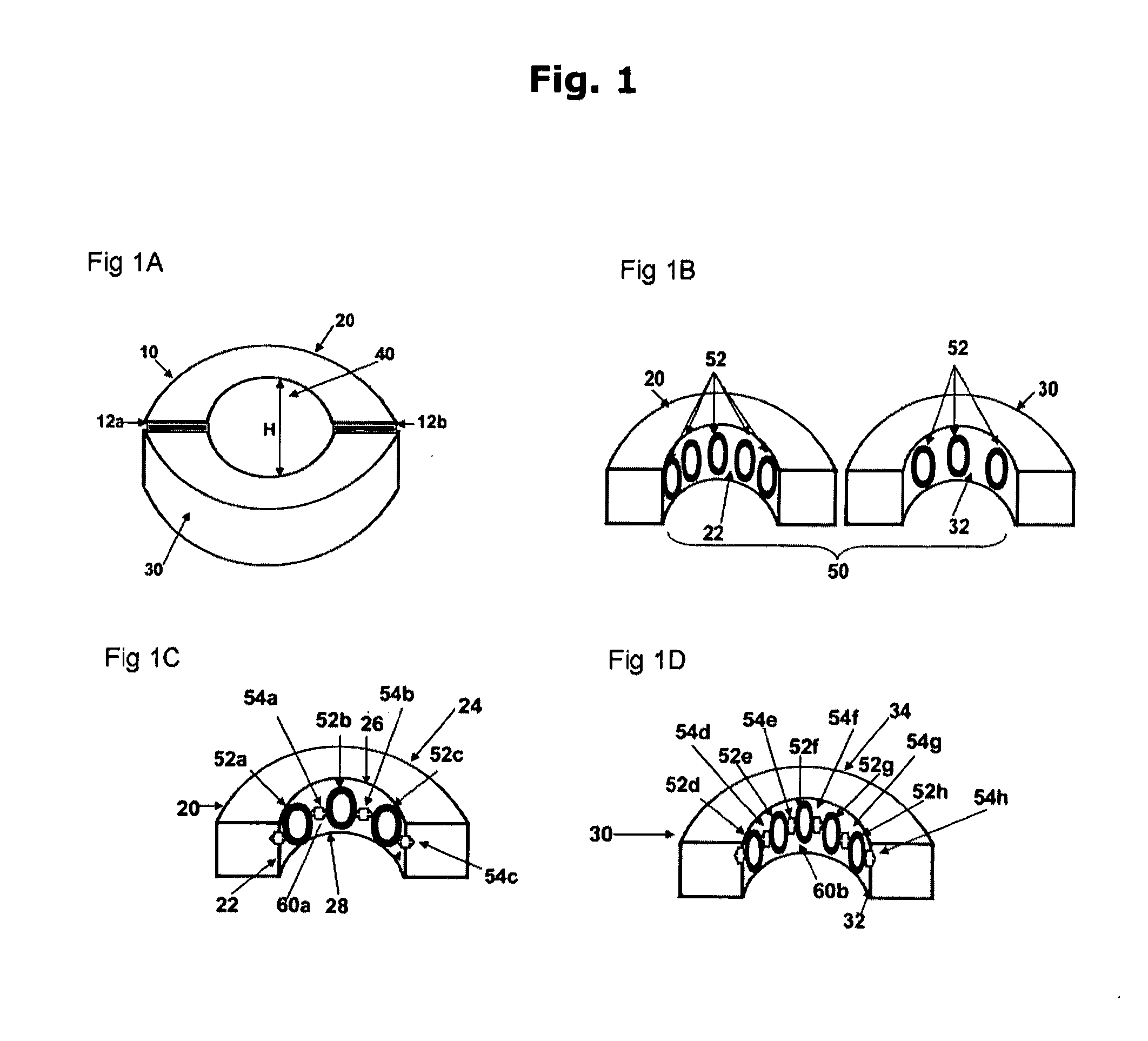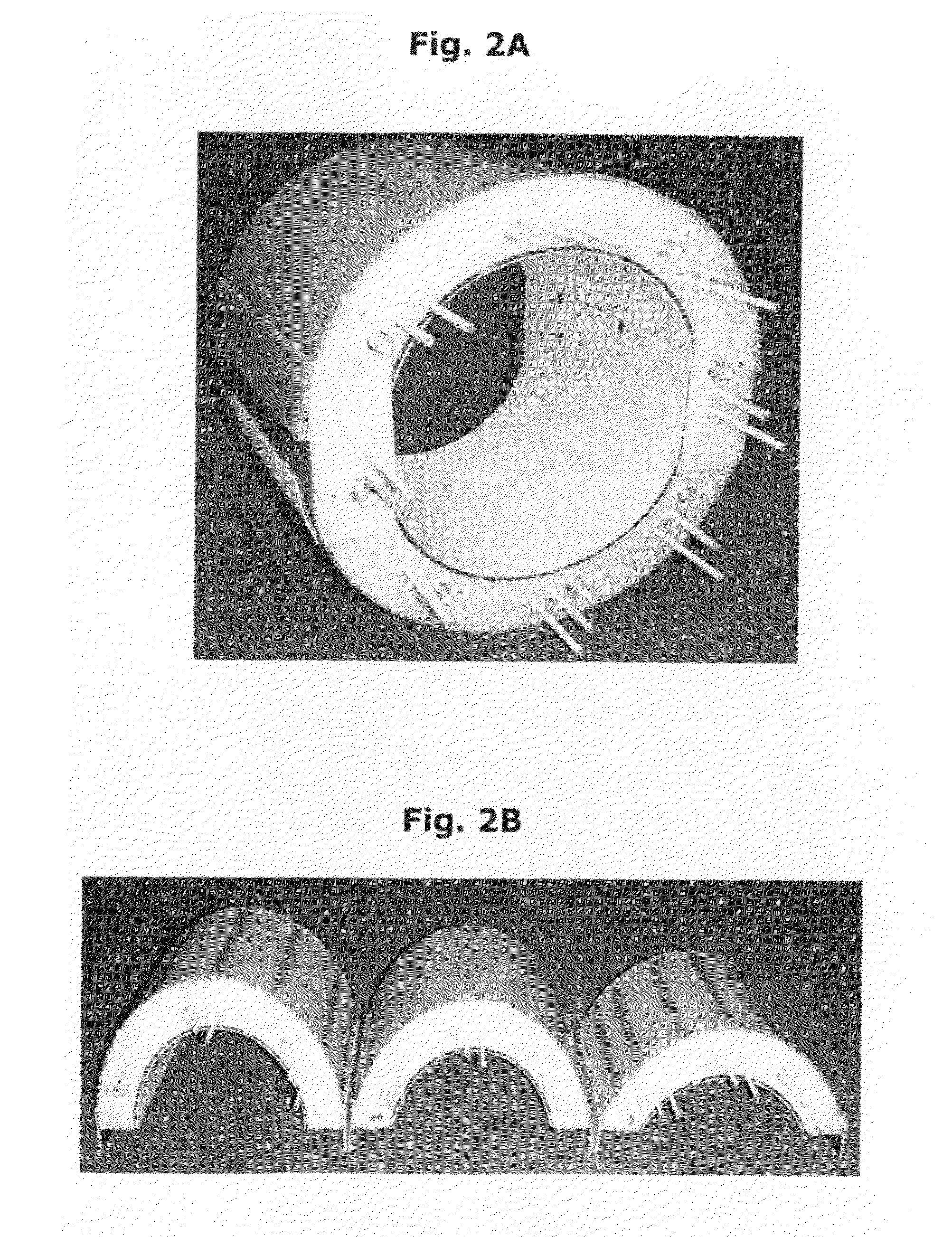Transceiver apparatus, system and methodology for superior In-Vivo imaging of human anatomy
- Summary
- Abstract
- Description
- Claims
- Application Information
AI Technical Summary
Benefits of technology
Problems solved by technology
Method used
Image
Examples
Embodiment Construction
[0087]The present invention provides an improved transceiver apparatus capable of transmitting RF pulses and receiving RF signals at specified frequencies; and which functions to provide superior in-vivo spectroscopy or imaging of a particular portion or all of the anatomic systems, organs and tissues then existing within the body of a living subject. The structure and design of the improved transceiver apparatus is a unique achievement and represents an unpredicted advancement in this technical field.
[0088]Accordingly, the breadth and scope of the present invention includes a system of enhanced capabilities in which the improved transceiver apparatus is used as an essential component in a computer controlled disposition. Moreover, the methods of the invention are suitable for use in three different clinical procedures: magnetic resonance imaging (“MRI”); nuclear magnetic resonance spectroscopy (“MRS”); and nuclear magnetic resonance spectroscopic imaging (“MRSI”). Each of these thr...
PUM
 Login to View More
Login to View More Abstract
Description
Claims
Application Information
 Login to View More
Login to View More - R&D
- Intellectual Property
- Life Sciences
- Materials
- Tech Scout
- Unparalleled Data Quality
- Higher Quality Content
- 60% Fewer Hallucinations
Browse by: Latest US Patents, China's latest patents, Technical Efficacy Thesaurus, Application Domain, Technology Topic, Popular Technical Reports.
© 2025 PatSnap. All rights reserved.Legal|Privacy policy|Modern Slavery Act Transparency Statement|Sitemap|About US| Contact US: help@patsnap.com



